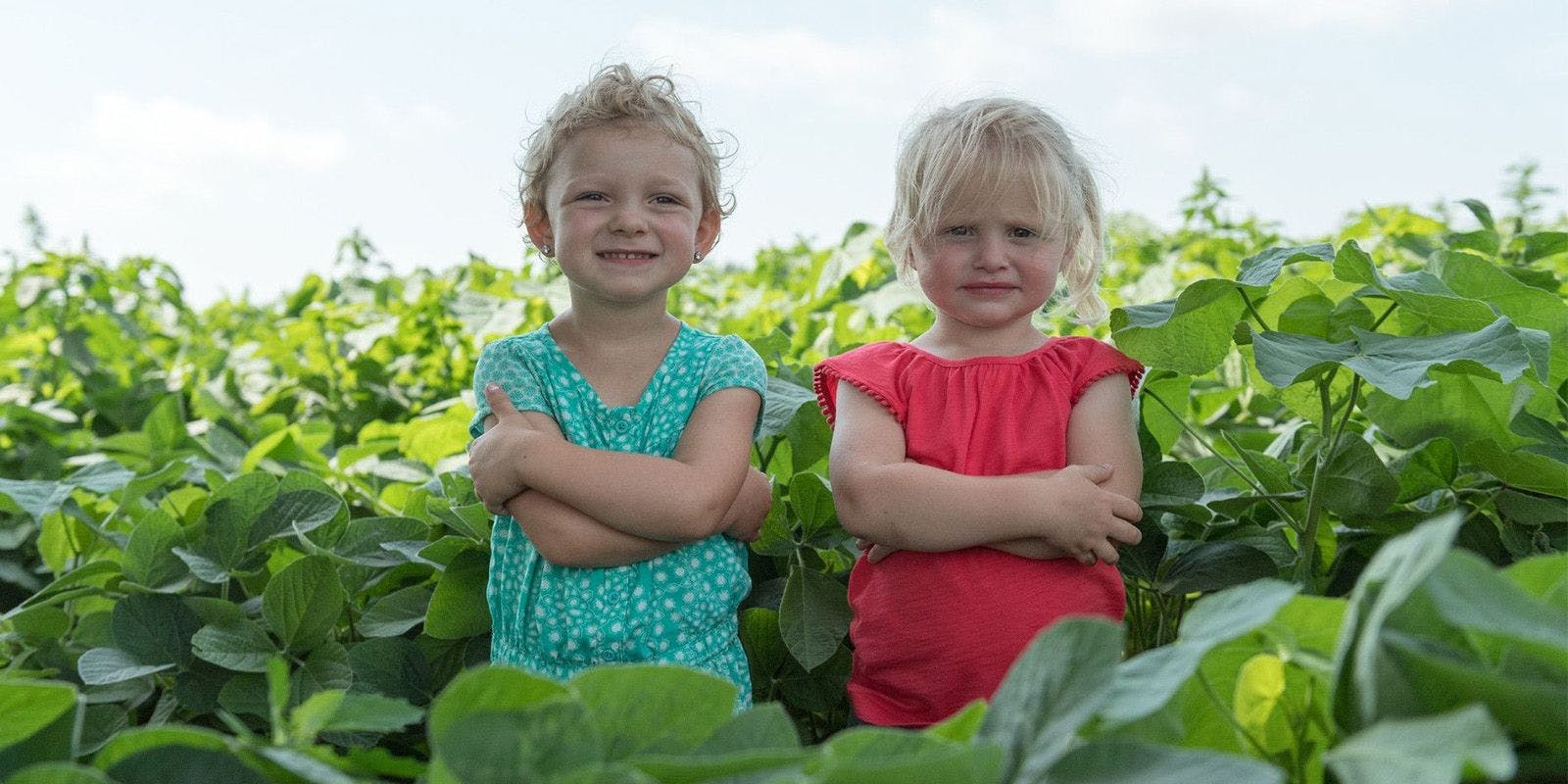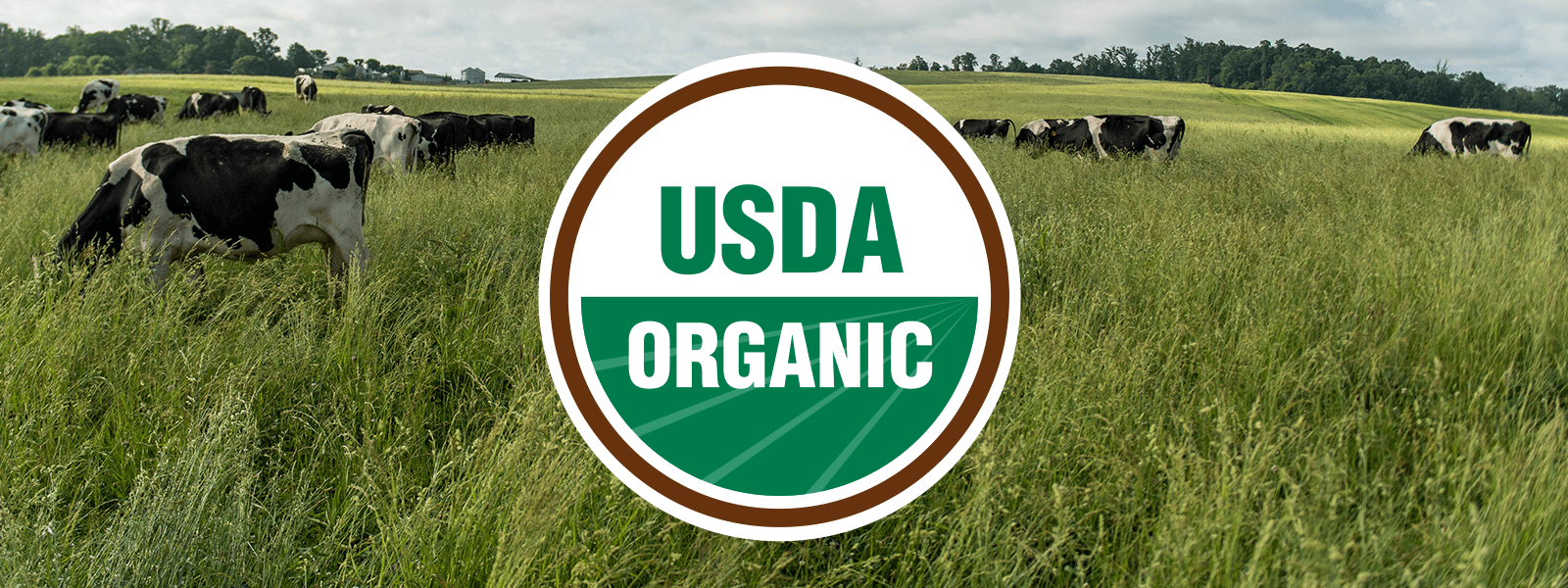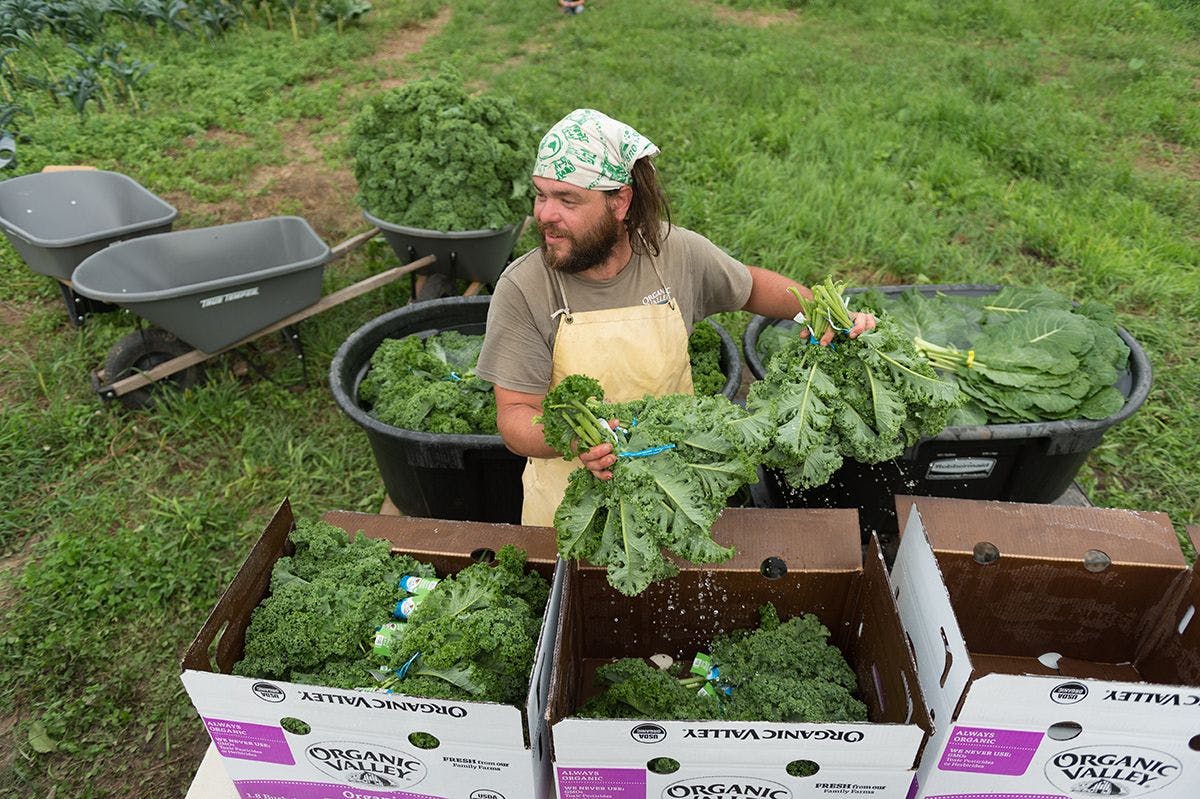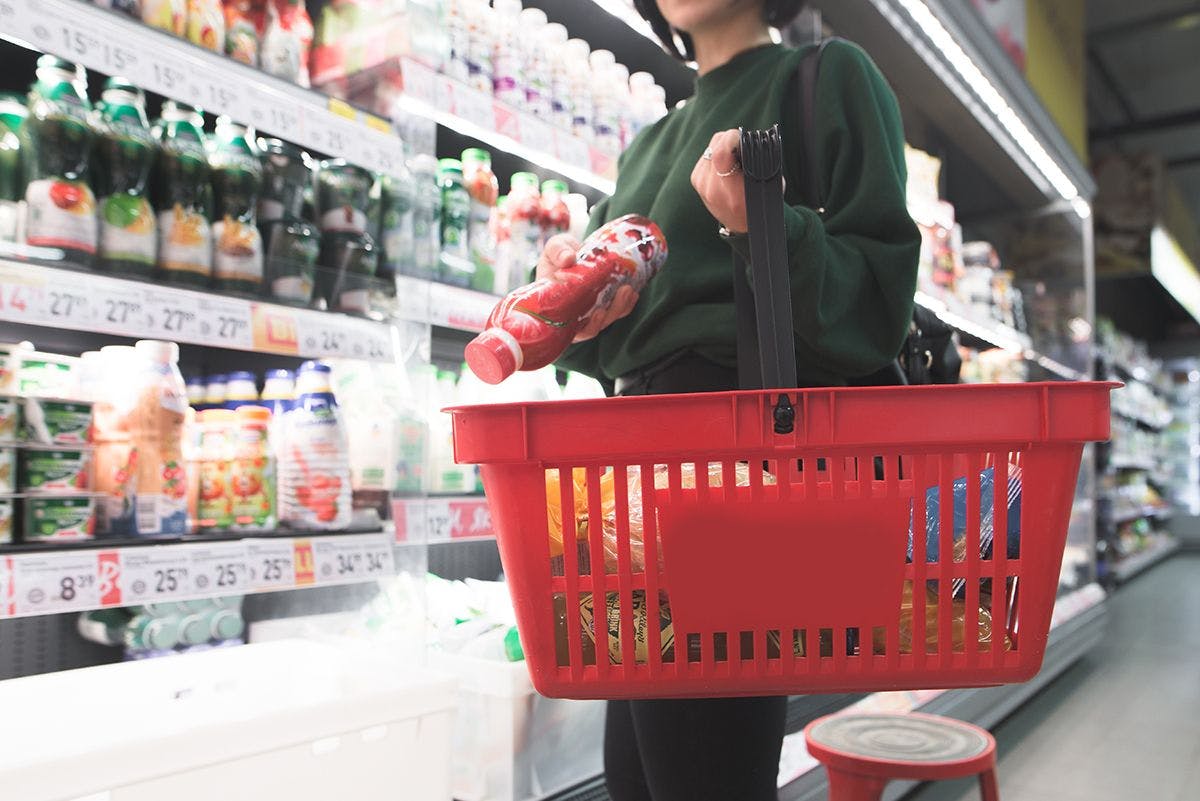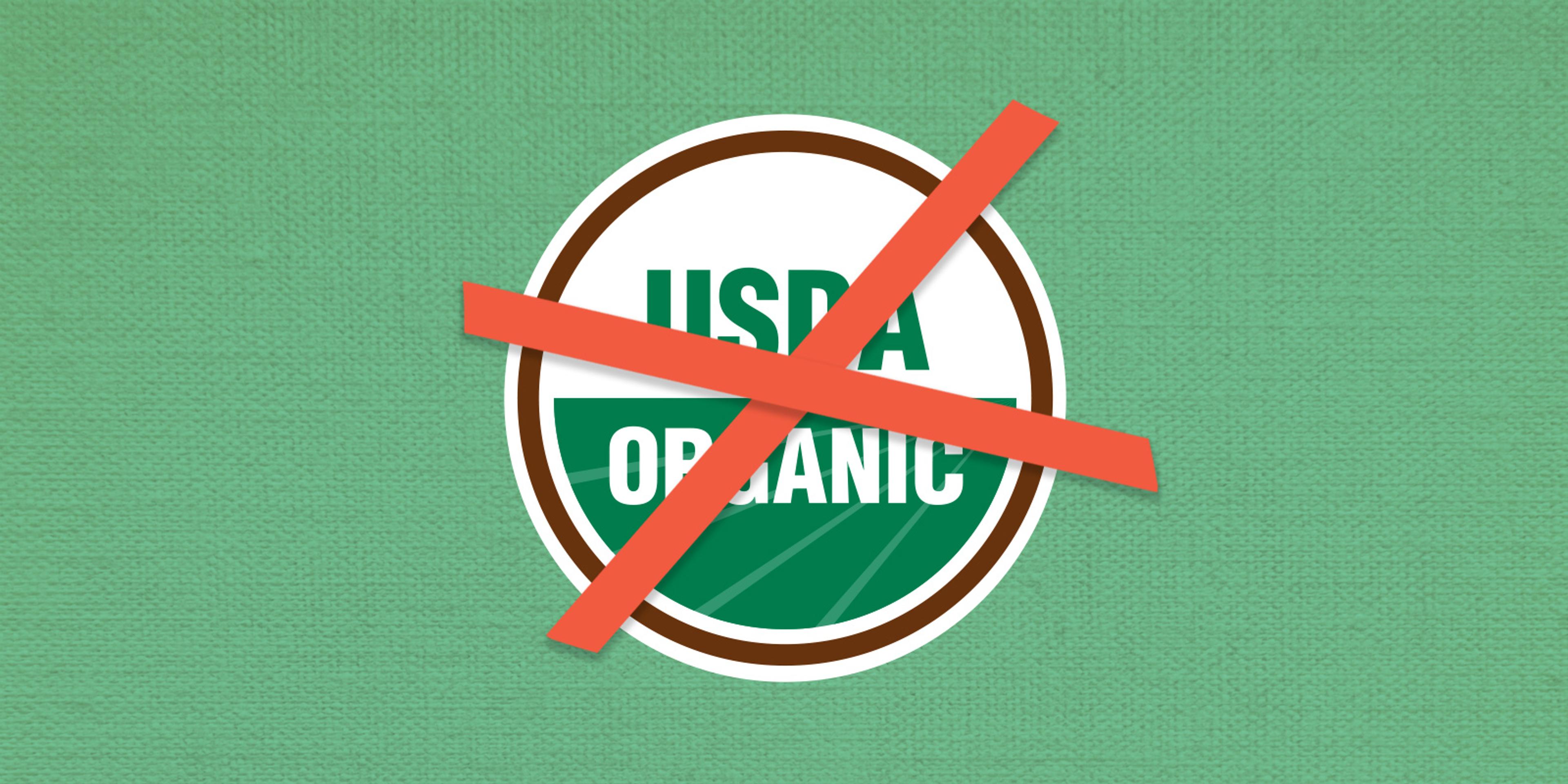
Organic
What Products Cannot Be Classified As Certified Organic?
Compared to even 20 years ago, more things are certified organic — maybe the pot roast supper in your crockpot, or your dog’s bed or your favorite organic sweater. Are they truly organic or do they contain synthetic hormones, GMOs or toxic chemicals? It all depends on whether growers and producers follow the rules outlining organic standards.
What is an example of something not organic? Here’s a start: Salt is not organic. Before we dig in more about what can’t qualify as organic, it might be helpful to look at what can qualify as organic.
Who Decides What Qualifies As Organic?
The National Organic Program was established in 1990 as part of the U.S. Department of Agriculture. The NOP’s National Organic Standards Board advises the USDA on rulemaking for organic production, handling and processing. There are ground rules for organic crops, livestock and poultry and handling.
What Are the Ground Rules for Certified Organic Products?
Crops
Transitioning land to organic is no small task. Organic farmers rely on natural substances in their eco-friendly practices. To be certified organic, land cannot have any prohibited substances (think chemical fertilizers, pesticides and herbicides) used on it for at least three years before being considered organic.
Soil fertility, weeds and pests must be managed with approved practices. Genetic engineering and spreading wastewater plant sewage sludge are strictly prohibited, but these practices are allowed to a degree in conventional farming.

Chickens and cows mingle on the Johnson family’s organic farm in Wisconsin.
Livestock and Poultry
Animals must be managed as organic from early on. That means the last third of gestation for mammals or the second day of life for poultry. Animal feed must be 100% organic (though vitamin and mineral supplements are allowed). Animal care must focus on prevention, and animals cannot receive antibiotics. (However, care cannot be withheld if an animal becomes sick. If treated with antibiotics, the treated animal is no longer considered organic. Products from that animal, such as milk, may not be sold as organic.)
Animals can’t be given synthetic hormones. Cows and other ruminants must be on pasture at least 120 days per year, and at least 30% of their diet must come from pasture. Additionally, all livestock must have access to the outdoors year-round. Farmers do not have to give cows access to pasture on conventional dairy farms. Some nonorganic cows never leave the confines of a building — never get to eat from fresh green pasture.
Handling
To be certified as organic, farmers must only use items allowed in the National List of Allowed and Prohibited Substances (the National List). Organic and nonorganic products can’t co-mingle, and farmers must protect organic products from contact with prohibited substances.
To get the green, white and brown USDA-certified organic seal, a product has to be made from at least 95% certified organic content. Items with at least 70% organic content can be labeled “made with” organic, but may not display the organic seal. Other products can identify organic items on their ingredients list but may not be called organic as a whole.
Organic Valley goes beyond these standards. Cows on Organic Valley farms average 191 days on pasture, more than two months longer than the national standard. During the grazing season, Organic Valley cows get more than 55% of their daily food intake from fresh pasture.
If it’s a Certified Grass-Fed cow, it’s eating fresh and dried forages 100% of the time. Our farmers don’t just follow the letter of the organic law — they follow the spirit of it, too. They’re always looking for the best, most natural ways to care for their farmland and animals.
Organic foods sometimes cost more than their nonorganic counterparts because of the strict organic standards. Read more about organic food costs here.
What Makes Something Nonorganic?
The biggest hurdle for something to be potentially certified organic is that it has to be under the jurisdiction of the USDA, which generally covers food and fiber crops.
“It has to come from agriculture,” said Connie Karr, certification director for Oregon Tilth, an organic certifying agency. “It has to originate from agriculture to be certifiable.”
Karr has been the certification director at Oregon Tilth for 10 years and has extensive knowledge of organic certification.
Synthetic textiles like polyester or nylon can’t make it past this first barrier to becoming organic because they are not agricultural products. Other things might not be so obvious and might even be surprising.
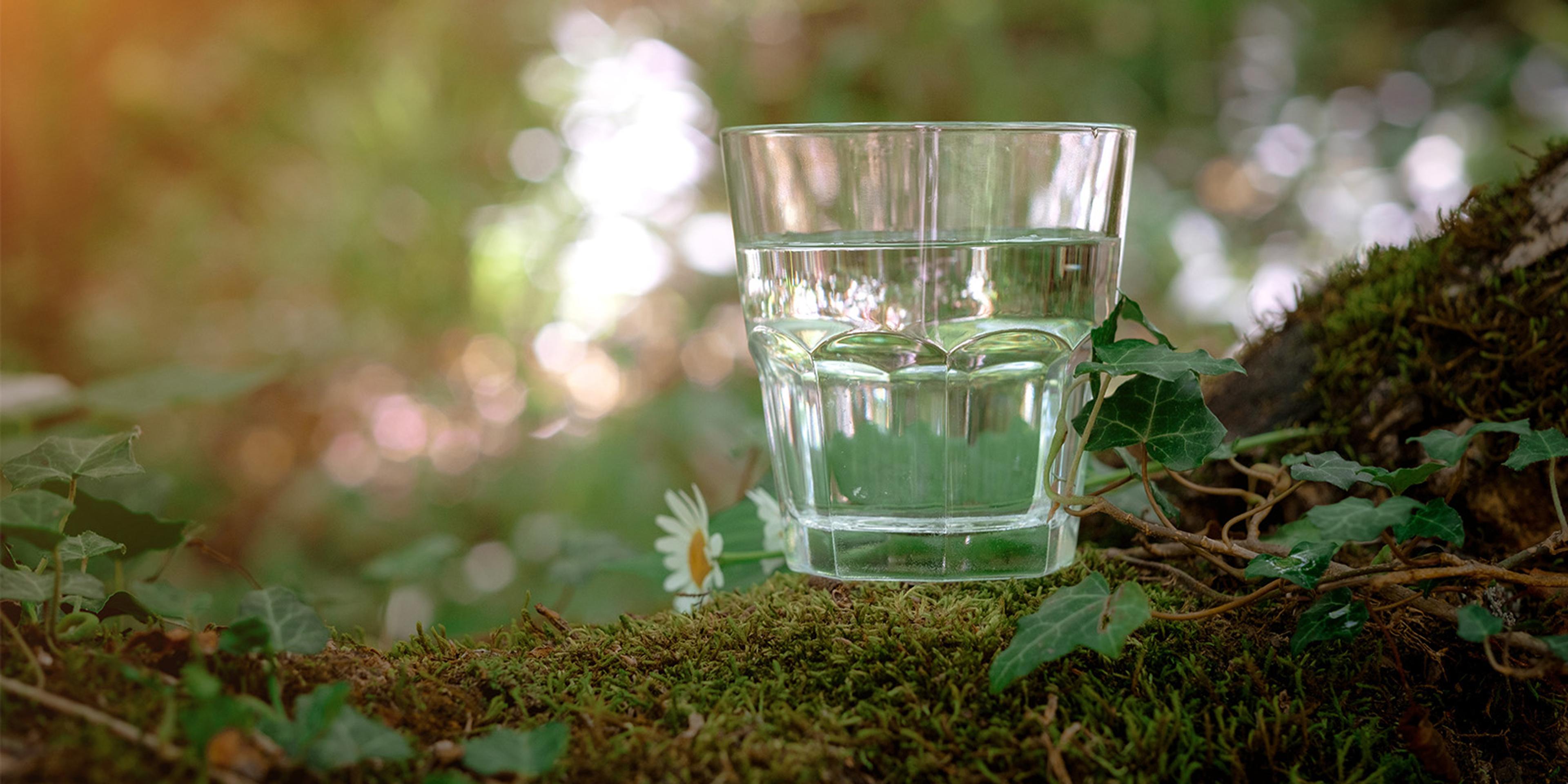
Water Cannot Be Certified Organic
In chemistry, simplistically, “organic” refers to carbon compounds. Living things all contain carbon. Running around with two hydrogen atoms and one oxygen atom, H2O is carbonless and therefore not organic, both in the chemical sense and the NOP sense.
Given water’s deep importance to almost any agricultural product, it is one of two things NOP states cannot be certified organic (though it must be potable). It also doesn’t impact the percentage of organic ingredients in a product. So if a beverage contains 99.5% water and 0.5% certified organic strawberry essence, that beverage can be certified organic because the water, though it’s not certifiable, doesn’t count.
Can Salt Be Certified Organic?
Salt is the other resource NOP specifically calls out as uncertifiable for organic. Chemically, it fits the bill. Sodium chloride (NaCl), which lacks carbon but is essential for livestock, occurs naturally in plants and is a common food additive. There are rules around how salt is produced, including not using anti-caking agents or other prohibited substances. So no, salt can't be organic.
What About Organic Hemp or Cannabis?
Cannabis is a living thing! So why can’t it be certified organic? Cannabis continues to be classified as a Schedule I substance by the federal government. While legal to grow and use in many (but not all) states, its federal classification holds it back from being eligible to be certified organic. Some organic certification agencies like the Maine Organic Farmers and Gardeners Association have created cannabis certification standards that follow NOP crop rules, but that doesn’t make it USDA organic. Hemp, cannabis’s lower THC relative, can be certified organic.
Is There Organic Seafood?
Fish and shellfish are remarkable because they’re the only major animal protein group that is not able to be certified organic. It doesn’t matter if they’re wild caught or farmed, either. That’s not for a lack of trying to get seafood to be certified organic, though. The NOP has been debating standards for organic seafood for nearly 20 years, Karr said. Because there is no organic standard in the United States to measure against, imported seafood cannot be certified organic either.

Lumber and Organics
USDA doesn’t oversee lumber production or processing, so lumber falls outside the frame of what is certifiable. Furthermore, treated lumber is prohibited from use on certified organic farms, whether used for new construction or repairs. Treated lumber can contain substances that are not allowed in organic production and pose a risk of contaminating surroundings.
Compost Is Natural but Not Organic
Compost seems like it could be about as natural as it comes — plant and food waste or manure nurtured into becoming healthy fertilizer for gardens or crops. However, because compost is neither food nor fiber, it’s not certifiable. Notably, compost is allowed for use in organic production per the National List.
“One of the most common things we get asked about is input materials for a garden, like compost,” Karr said. People think it’s certified because it says "organic" all over it.
What Are Irradiated Foods and Are They Organic?
Food irradiation is a process where food is treated with ionizing radiation. This can be in an effort to prevent spoilage and lengthen shelf stability or to stop fresh foods from continuing to grow or ripen (like strawberries). Unfortunately, good bacteria can be killed in the process. Treating food with irradiation is specifically prohibited under the National Organic Program. This inclusion may have been due to concern at the time the standards were written that irradiation could alter cell structures. Nontreating irradiation, such as X-rays to inspect imported containers or ensure there is no metal in jars before sealing, is allowable under the NOP, Karr said.
A Look at Hydroponics and Aeroponics
Similar to seafood, hydroponics, (growing plants in a water-based nutrient solution) and aeroponics (cultivating plants without soil) lack standards for anything to be certified. The NOP standards imply that any plant grown to harvest should be grown in soil (with some exceptions, including mushrooms and seedlings).
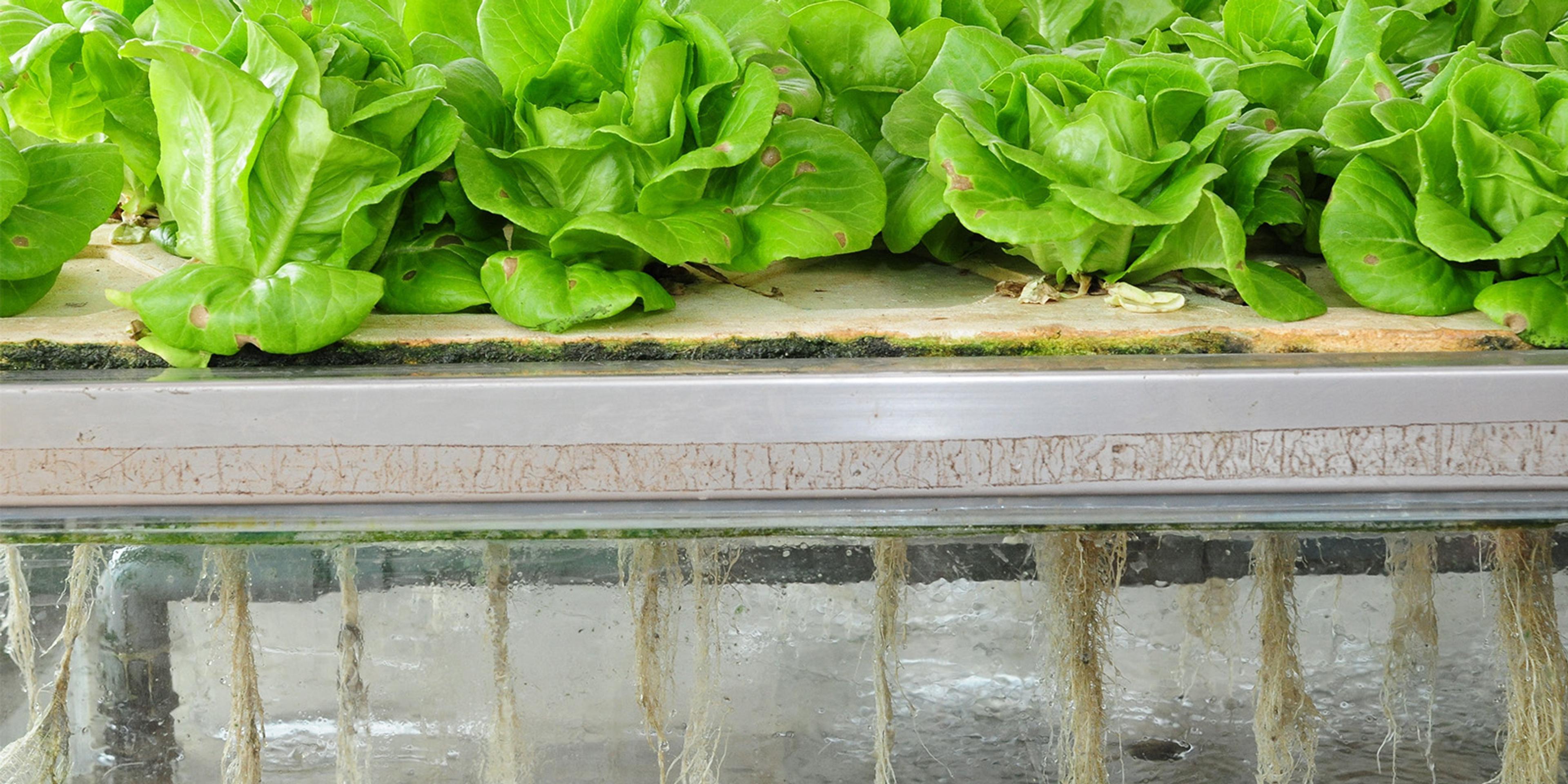
Lettuce grown through aeroponics.
Chemical Products that Are Not Organic
Some items will never be organic due to their (nonorganic) ingredients: beverages with artificial dyes, harsh chemical cleaning agents and GMO produce. Luckily, there’s almost always an organic alternative.
Not Organic, But Allowed
There are even more things that can’t be certified organic but are allowed for use in organic per the National List. Most of these are synthetic, nonagricultural products and are often only allowed when organic means are unavailable. They’re things like needed trace minerals and vitamins, soaps for pest control, baking soda and waxes. Among the things that are not organic, but are allowed, there are only 25 for pest control. This is compared to more than 900 synthetic pest control options for nonorganic growers.
Organic Valley: Always Organic, All the Time
Our farmer-owned organic cooperative was born out of the belief that farming could be done in a way that protects the land, animals, economy and people’s health. We still believe it.
All our products are certified organic. They’re always produced with absolutely no antibiotics, synthetic hormones, toxic pesticides, or GMO anything. Our farmers take pride in doing what’s right for people, animals and the earth.
Lisa Mennenga is the daughter of Organic Valley dairy farmers from southeastern Minnesota. She lives in St. Paul with her husband and two sons and works in marketing at the University of Minnesota. Mennenga enjoys writing, card games, trying recipes and spending time with loved ones.
Related Articles
- Tags:
- organic news














